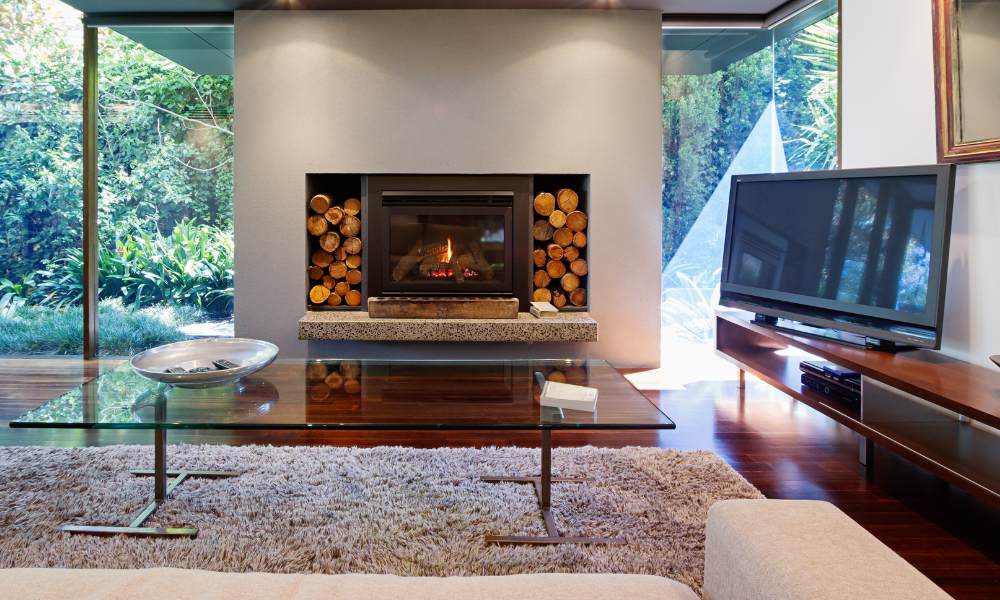
A fireplace serves as the heart of a cozy home, offering warmth, ambiance, and a sense of timeless elegance. However, its effectiveness and safety rely heavily on the proper design, maintenance, and functionality of its components.
From the robust firebox to the crowning chimney cap, each part plays a critical role in ensuring your fireplace operates efficiently and safely. This guide delves into the essential parts of your fireplace and chimney, providing a detailed breakdown of their purpose and maintenance needs.
1. Firebox: The Heart of Your Fireplace
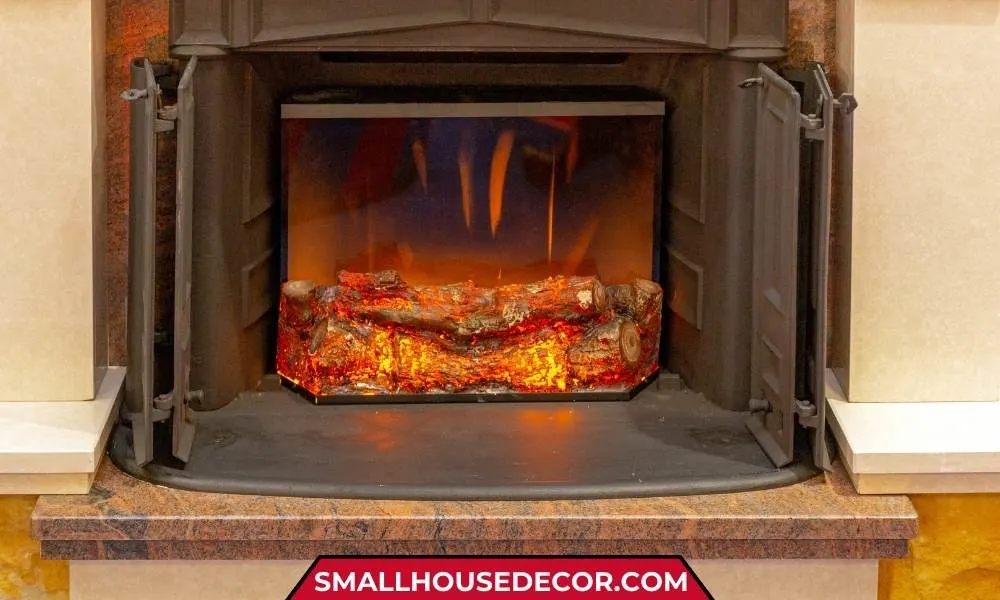
The primary combustion chamber where fires are built and maintained. This rectangular enclosure is lined with specialized firebricks to withstand extreme temperatures.
- Must be properly sized relative to chimney dimensions for optimal draft
- Requires regular inspection for crack development and deterioration
- Heat-resistant firebrick lining typically lasts 20-25 years with proper maintenance
Also Read: Firewood is a primary fuel source for many fireplaces. Discover efficient methods for collecting, seasoning, and storing firewood to maximize heat output and minimize smoke or creosote buildup.
2. Chimney Structure: Your Fire’s Vertical Highway
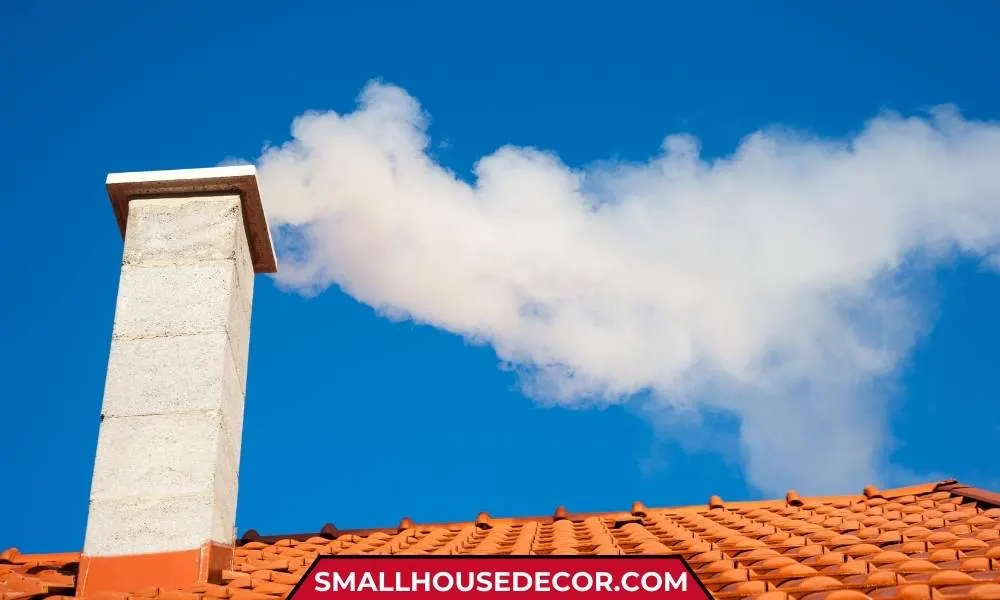
The towering structure extending from your firebox through the roof, constructed from masonry or pre-fabricated materials, is a critical component of your fireplace system.
- Provides critical structural support for the entire fireplace system
- Must maintain proper clearance from combustible materials
- Requires professional inspection for structural integrity annually
- Can incorporate either single or multi-flue design depending on home requirements
The National Fire Protection Association (NFPA) recommends annual chimney inspections to ensure safety and functionality.
Scheduling an inspection with a CSIA Certified Chimney Sweep® before lighting your first fire of the season is the best way to prevent potential damage to your home or even the loss of life caused by a damaged or blocked chimney.
3. Smoke Chamber: The Compression Zone
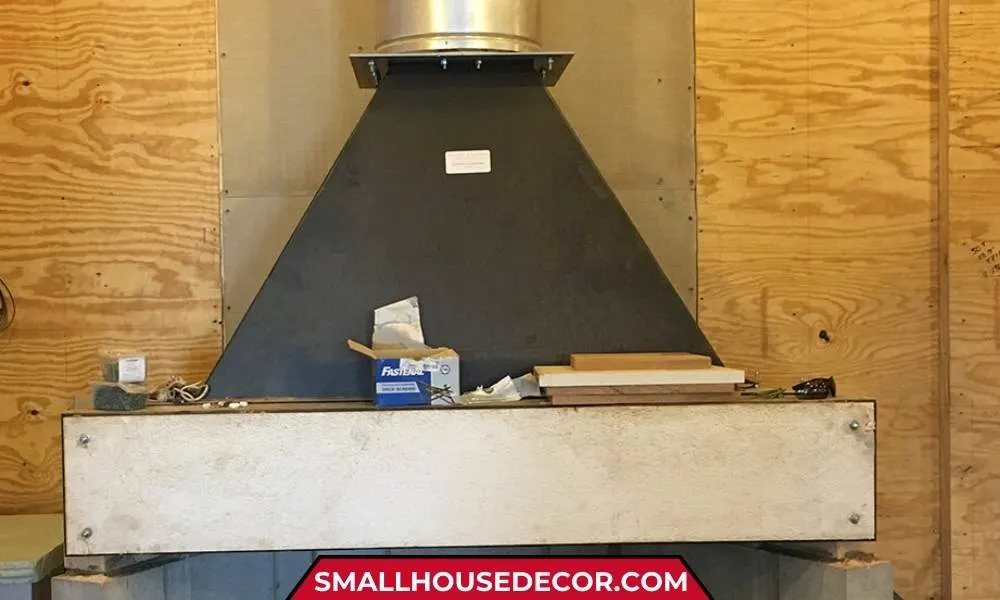
Located directly above the firebox, the smoke chamber features a distinctive pyramidal shape that helps direct smoke and gases upward.
- Smoothly transitions smoke from the wider firebox to the narrower flue
- Should have a minimum 45-degree angle for optimal flow
- Requires proper pargeting (smooth surface) to prevent creosote buildup
- Critical for preventing smoke backdraft into living spaces
While this design improves ventilation, it’s essential to understand that wood smoke contains fine particulate matter (PM2.5) and other toxic pollutants, which can pose significant health risks.
These microscopic particles can irritate your eyes, exacerbate respiratory conditions like asthma, and even increase the risk of heart attacks. Learn more about the health effects of wood smoke to protect your well-being.
4. Flue Liner: Your Chimney’s Protective Sleeve
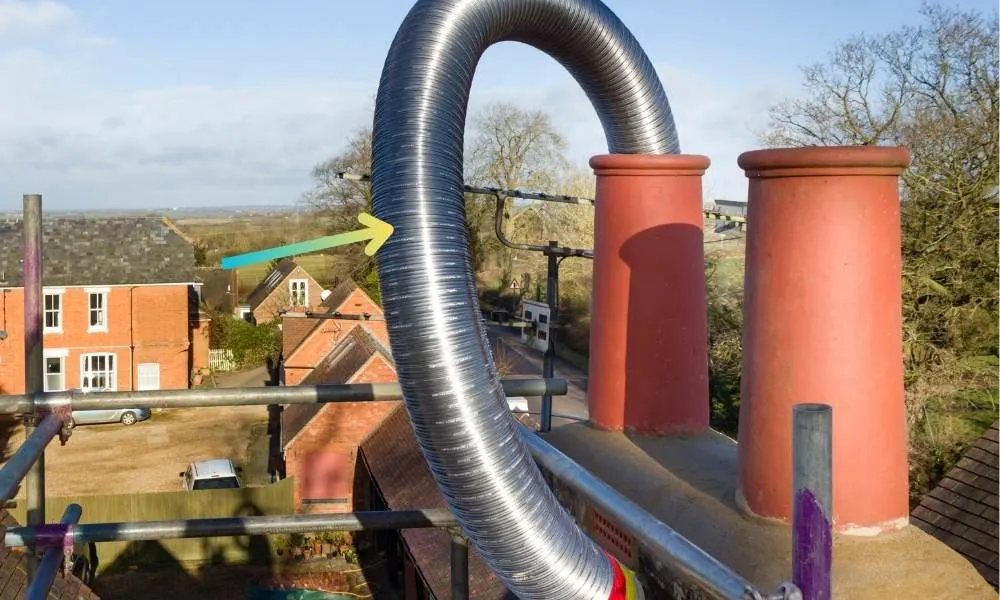
A specialized liner running the entire length of your chimney, typically made from clay, ceramic, or stainless steel.
- Protects masonry from heat and corrosive byproducts
- Must maintain proper sizing for optimal draft
- Requires regular inspection for cracks or deterioration
- Different materials offer varying levels of protection and longevity
5. Damper: The Airflow Control System
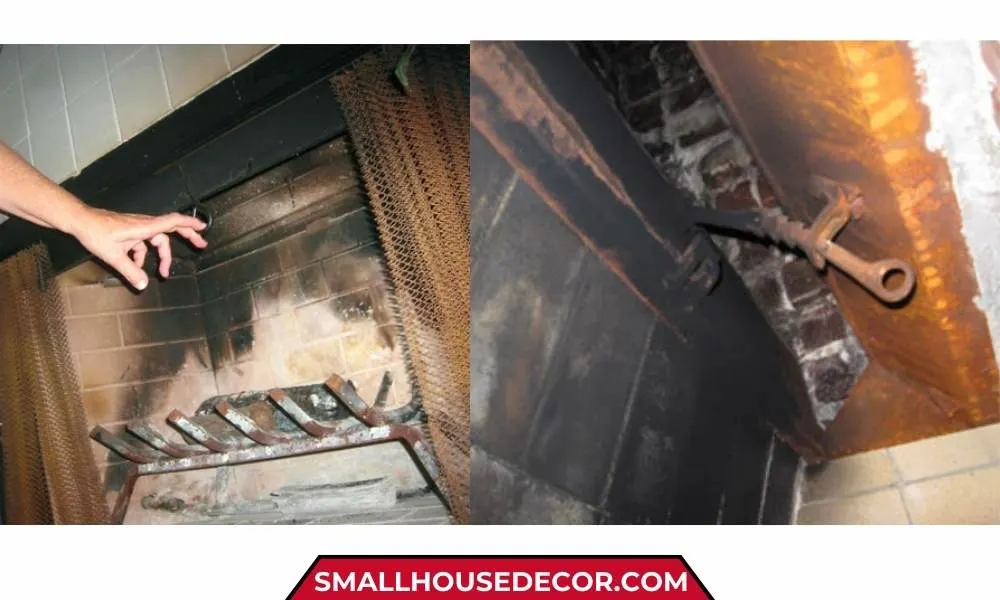
A movable plate or valve that regulates airflow through your chimney.
- Must be fully opened before lighting any fire
- Helps control burning rate and heat output
- Prevents heat loss when fireplace isn’t in use
- Available in throat or top-sealing configurations
6. Chimney Crown: Your Top-Level Defense
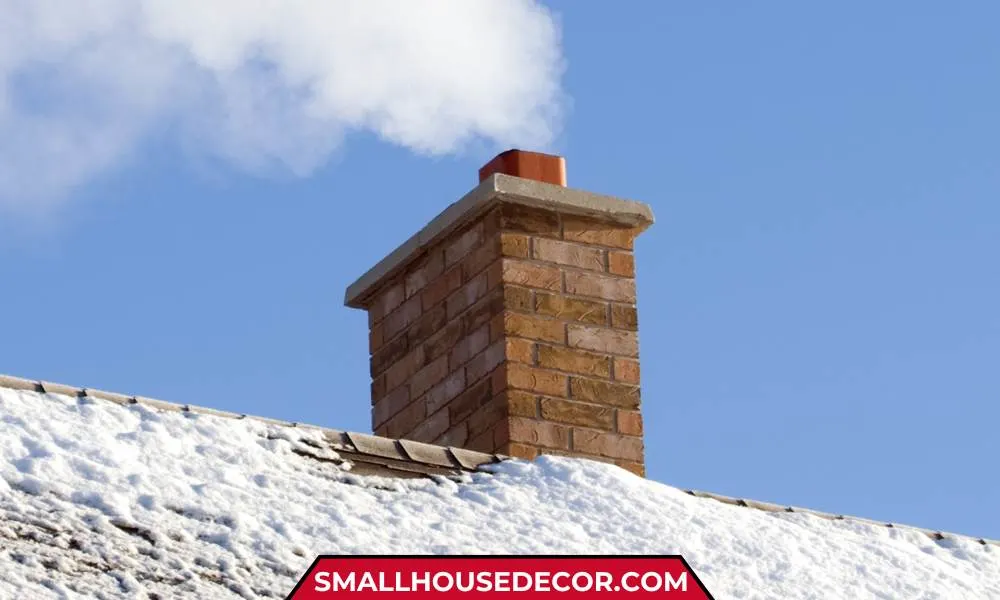
The concrete or mortar cap that covers and protects the top of your chimney’s masonry structure.
- Should slope away from flue to direct water away
- Requires proper overhang to prevent water damage to masonry
- Must be properly constructed to prevent cracking
- Critical for preventing moisture penetration
Also Read: Choosing the right fuel impacts both performance and cost-efficiency. Explore the unique characteristics of firewood and briquettes, along with key selection criteria to help you make an informed choice for your fireplace.
7. Chimney Cap: Your Weather Guardian
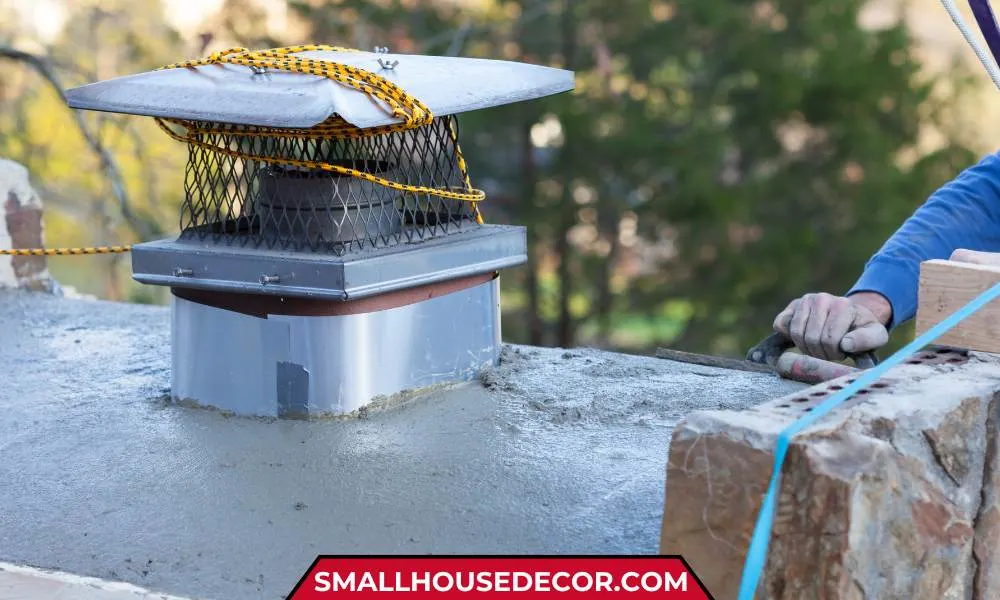
A protective covering installed at the very top of your chimney flue.
- Prevents animal entry while allowing smoke escape
- Blocks rain and snow from entering directly
- Helps prevent downdrafts
- Often includes spark arrestor functionality
8. Flashing: The Waterproof Barrier
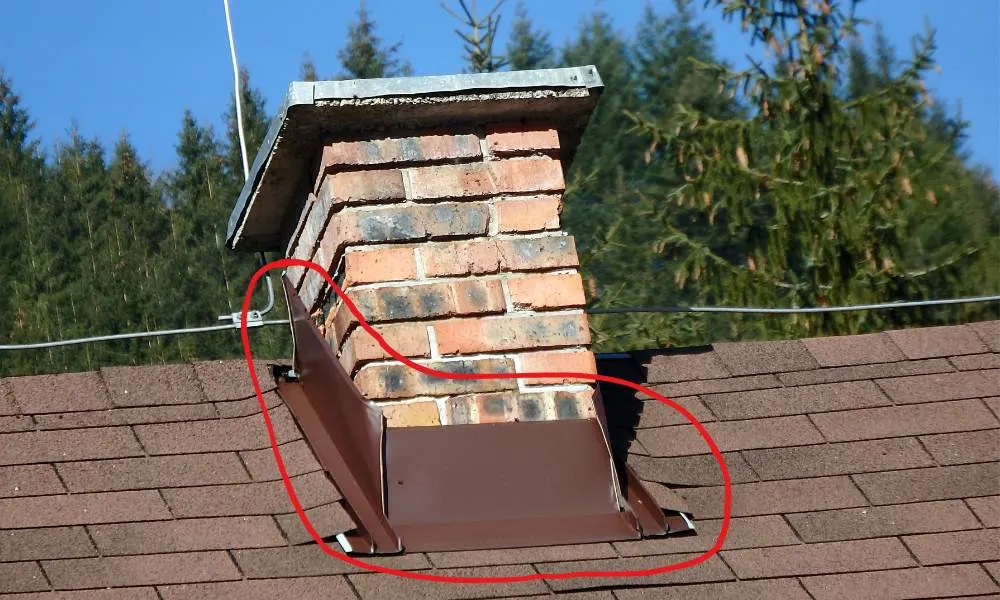
Metal sheeting installed where the chimney penetrates the roof.
- Must be properly stepped and counter-flashed
- Creates critical waterproof seal at roof junction
- Requires periodic inspection for rust or separation
- Different materials offer varying durability levels
9. Hearth Extension: Your Safety Zone
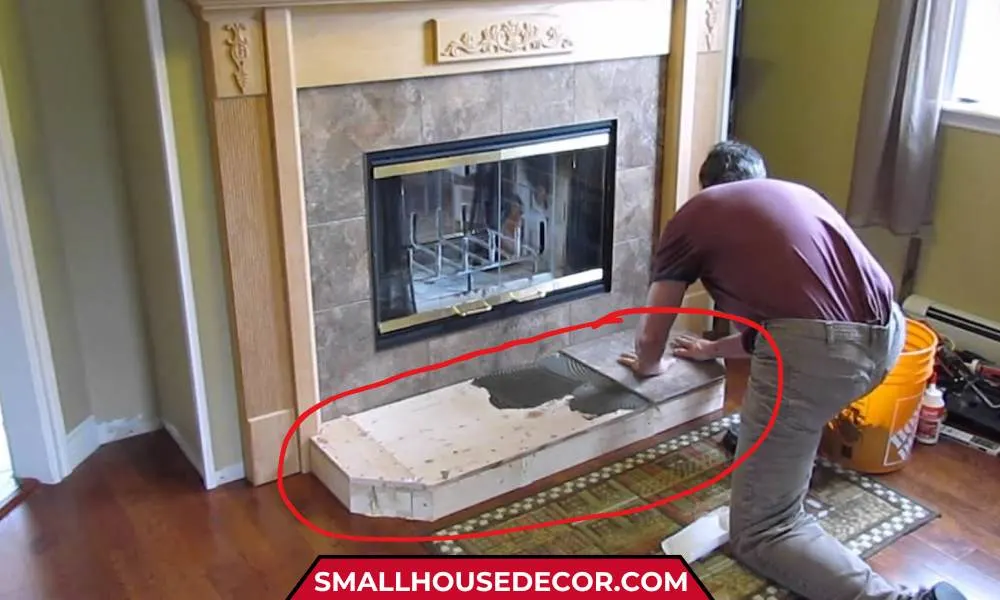
The non-combustible floor area extending out from the firebox.
- Must extend minimum 16-18 inches from firebox opening
- Required thickness depends on installation height
- Provides essential spark protection
- Available in various materials meeting safety requirements
10. Mantel: The Decorative Crown
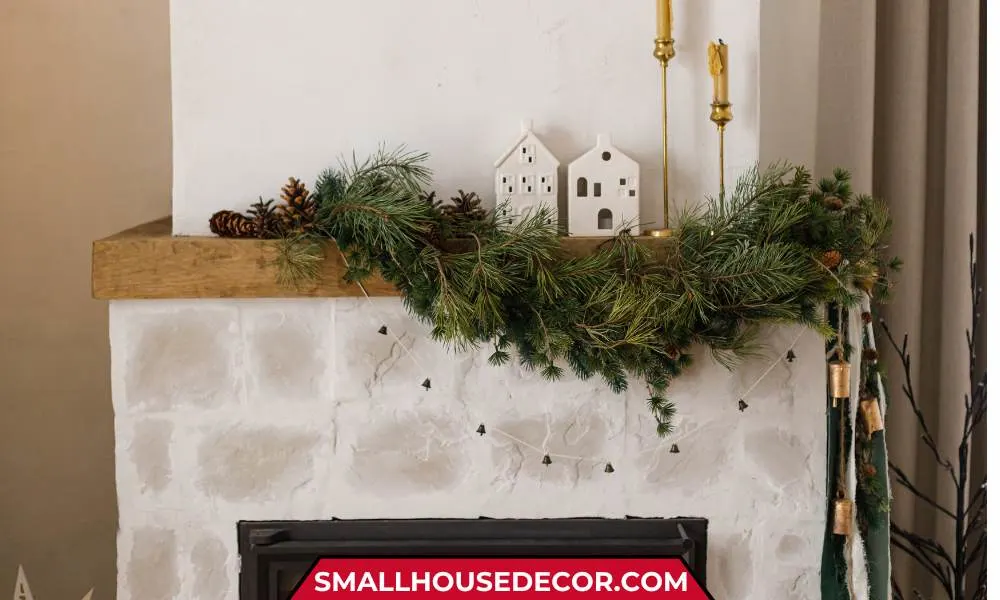
The horizontal shelf or decorative framework above the fireplace opening.
- Must maintain proper clearance from firebox opening
- Height requirements vary based on shelf depth
- Can incorporate various design elements while maintaining safety
- Serves both aesthetic and practical purposes
11. Surround: The Protective Frame
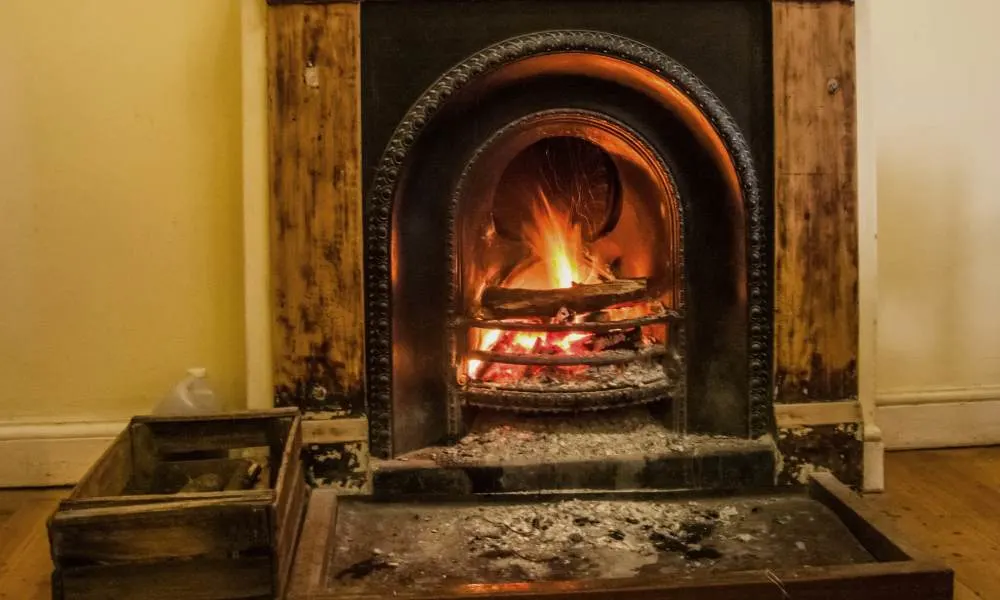
The non-combustible facing material immediately surrounding the firebox opening.
- Typically extends 8-12 inches from firebox
- Must meet specific thickness requirements
- Available in various materials including marble, stone, or tile
- Provides both safety and aesthetic benefits
This comprehensive guide highlights the crucial components that work together in your fireplace system, each playing a vital role in safety, efficiency, and functionality.
Also Read: If a pellet stove complements your fireplace, knowing how to troubleshoot common issues is invaluable. Learn about typical pellet stove problems, practical fixes, and repair cost estimates to keep your heating system running smoothly.